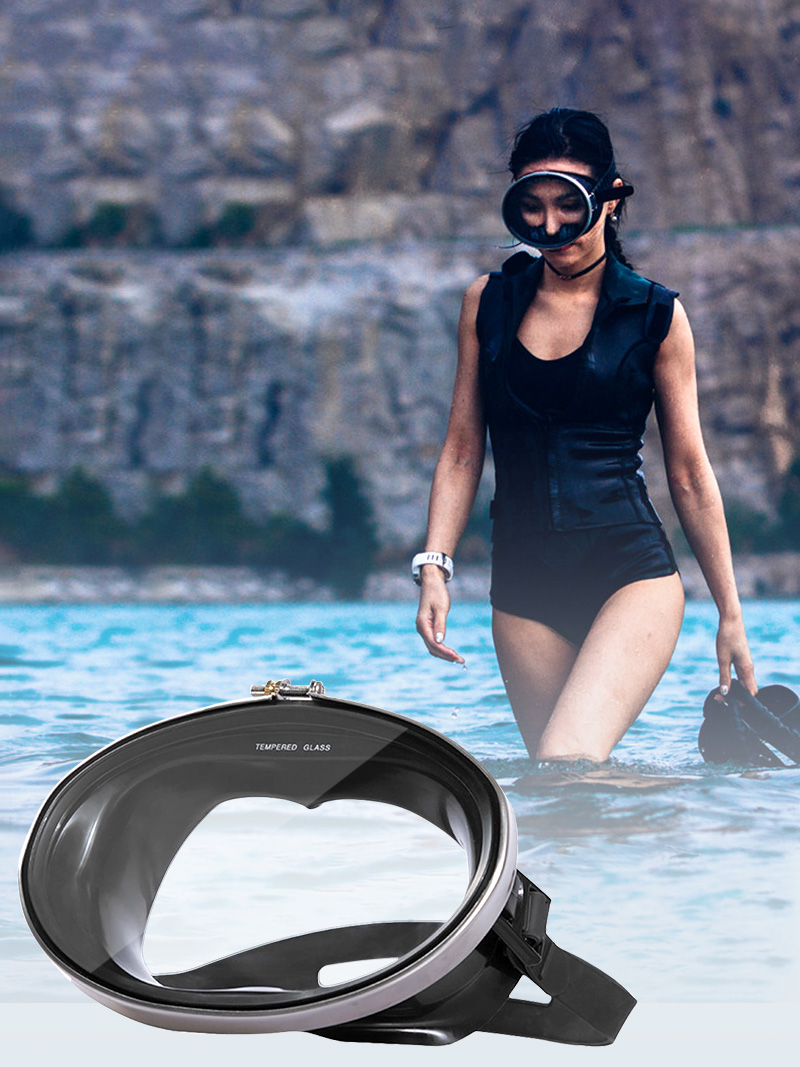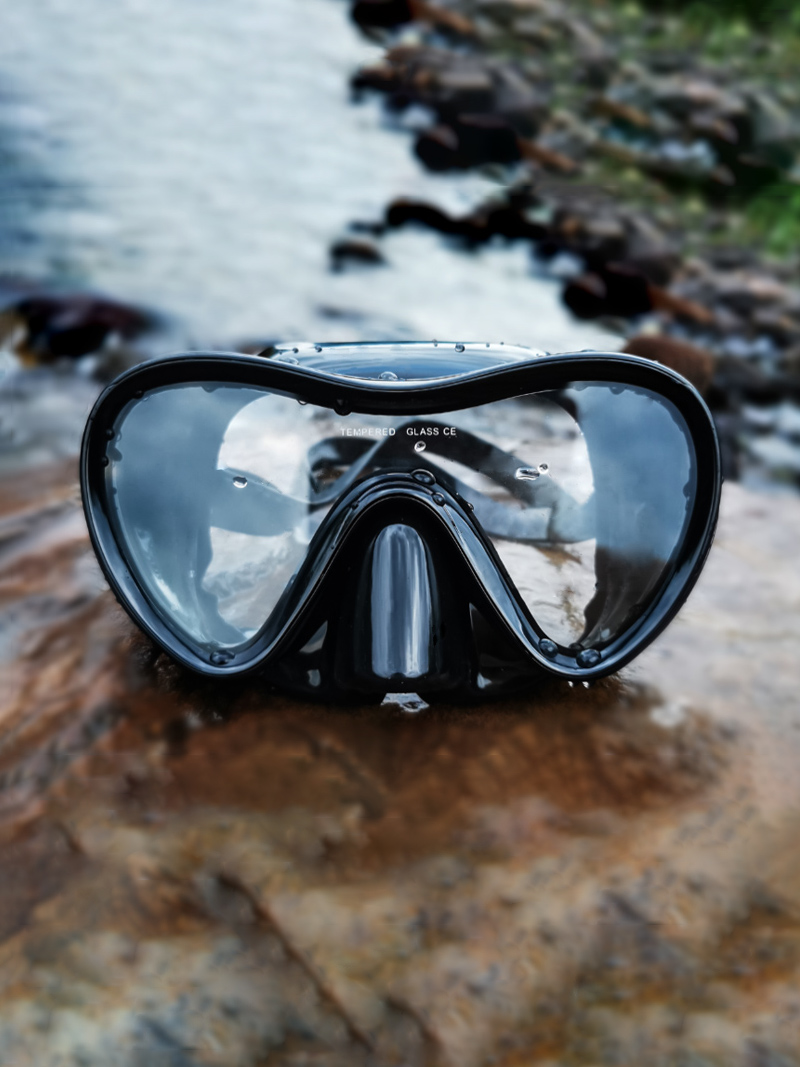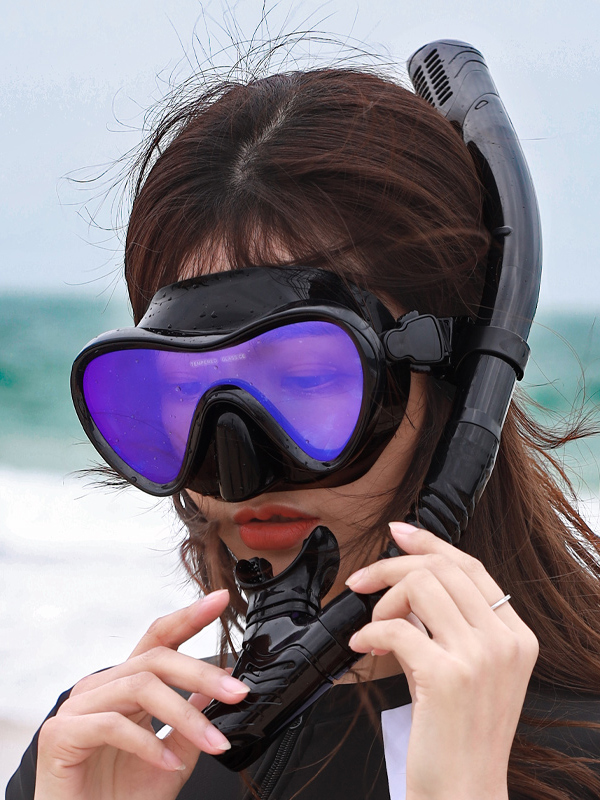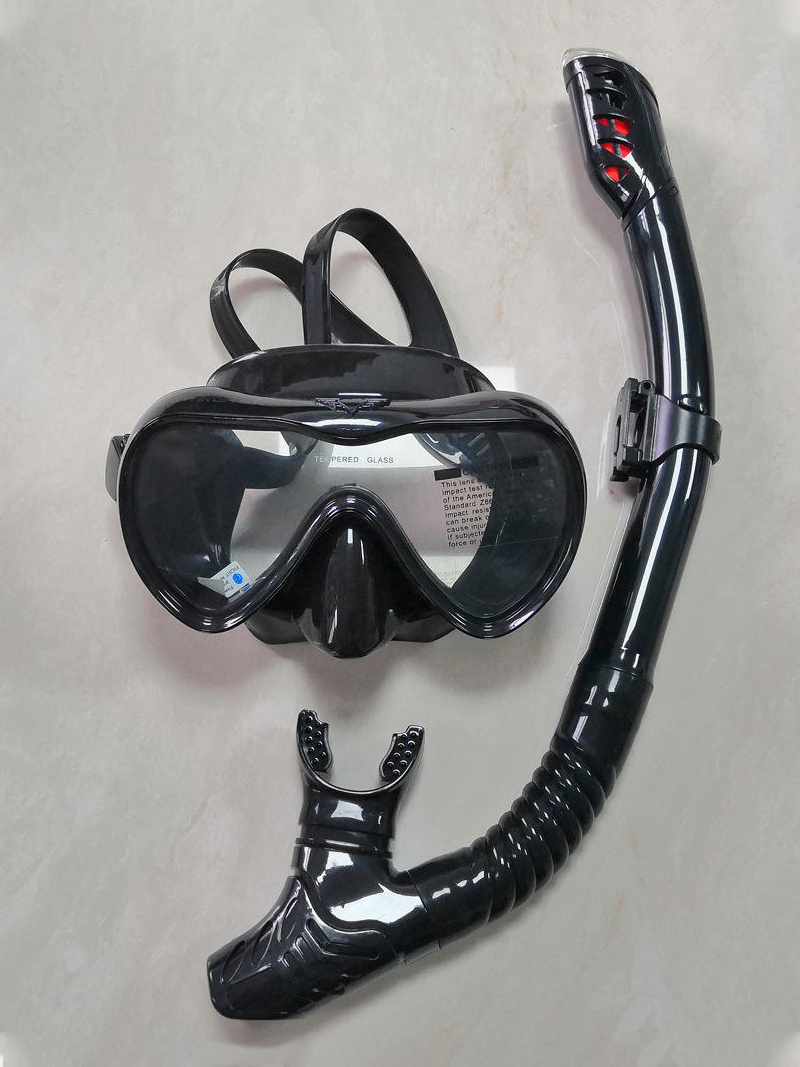Enjoy great weather and unforgettable marine life at these 8 best spots for year-round diving, so you can have unforgettable times in the water any time of year.

1.Cozumel, Mexico
With superb visibility, pristine coral reefs, and water temperatures that stay between 78-82°F (25-28°C) year-round, it’s easy to see why this tropical island paradise attracts new divers and keeps experienced divers coming back. Cozumel is famous for its drift diving. Divers often just relax as the colorful underwater world passes by.
The waters off Cozumel are also teeming with marine life. In addition to a variety of tropical fish, rays, turtles, and nurse sharks are common entries in logbooks. The resplendent toadfish ( Sanopus splendidus ), in particular, attracts a lot of attention from divers who want to catch a glimpse of the unique sight.

2.Bonaire
Located just north of Venezuela, Bonaire is rightly known as one of the world’s best diving playgrounds. While there are dive sites accessible by boat, it’s the shore diving that really makes this place so fun.
Many of Bonaire’s best dive resorts have diveable reefs just offshore. This means you’re usually only minutes away from the underwater world. Plus, since most of these sites are protected from harsh conditions, Bonaire is a great place for new divers to get certified.
The waters surrounding Bonaire are also home to more than 470 species of fish, with little seasonal variation, meaning dives are almost always full of fish. Other common sightings include common dolphins, loggerhead and hawksbill sea turtles, eagle rays, and seahorses.

3.Maldives
If you’re looking for a diving vacation filled with pristine white beaches, unparalleled luxury, and colorful coral reefs, then the Maldives should be calling you.
Year-round, visitors to this low-lying, multi-island nation can enjoy bath-like water temperatures, which typically range between 80°F/26°C and 86°F/30°C. The underwater landscape is made up of atoll lagoons, rock pinnacles, swim-throughs, caves, and overhangs, each covered in sponges, gorgonians, and photo-worthy macro creatures.
While encounters with manta rays and whale sharks are possible year-round, they are almost guaranteed to be in the water from August to November. White-tip reef sharks, eagle rays, and common dolphins can be seen regularly throughout the year. And, December to April offers the best chance of catching a passing hammerhead shark.
And, since the best dive sites in the Maldives are spread across so many atolls, it might be worth considering one of the area’s world-class liveaboards if you want to dive them all.

4.Port Alam, Egypt
Once upon a time, Port Alam was nothing more than a quiet fishing village on Egypt’s Red Sea coastline. Today, the area is home to a variety of resorts that offer some of the best diving in the world.
The area’s numerous dive sites, such as the Dolphin House and Elphinstone Reef, have become a go-to for underwater encounters with marine life. On almost any dive trip to Port Alam, you’re likely to see dolphins, dugongs, oceanic white tip sharks, or hammerhead sharks.
Port Alam is also a great alternative destination for diving enthusiasts who want to get away from Egypt’s Sharm El Sheikh and Hurghada. Visitors to the area have a variety of dive shops and resorts to choose from. Alternatively, you can explore the best luxury dive sites aboard one of the best liveaboards in the Red Sea.

5.Hawaii, USA
It’s no secret that the 50th state is a land of endless sandy beaches, pristine rainforests, and volcanic island landscapes. But it’s fair to say that Hawaii’s diving doesn’t get the reputation it deserves.
With average water temperatures between 75 and 80°F (24 and 27°C), it’s a great time to suit up and check out the underwater world.
Of course, Hawaii, and Kona in particular, is famous for its can’t-miss manta ray night dives. This world-famous dive gives you the chance to see these majestic creatures swoop, circle, and backflip in and around you.
Humpback whales are another Hawaiian highlight. They typically arrive between December and March to kick off their breeding and birthing season. Hawaiian waters are also home to white-tip reef sharks, eagle rays, whale sharks, dolphins, and five of the seven species of sea turtles.

6.Bali, Indonesia
Bali may have a certain reputation to some, but there is undoubtedly more to this Indonesian paradise than meets the eye – especially for divers.
The near-guaranteed chance to dive with manta rays is often enough for many divers to book a flight. But the fact that seasonal sunfish and sharks, some truly outstanding muck diving and world-class wreck diving, all within a few hours, all but ensures that any diving holiday here will be filled with memorable moments.
Tulamben, Amed, Candidasa, Padang Bai and Menjangan Island are just a few of the dive destinations worth visiting in Bali. There are plenty of dive shops and resorts in Bali that can help you get in the water. Alternatively, there are a number of liveaboards that sail around the area. These boats offer a range of different diving itineraries, some of which then head to Komodo National Park.

7.Sipadan, Malaysia
If schools of jack fish and countless sharks and turtles sound like something you’d like to witness underwater, then it’s time to add Sipadan, Malaysia to your scuba diving wish list.
Sipadan Island is one of the most biodiverse areas in the world. Diving there can sometimes feel like someone is artificially forcing marine entertainment into your field of vision. In addition to blacktip and whitetip reef sharks, turtles, jack fish, barracudas and many other fish big and small, the luckiest divers may see a hammerhead or thresher shark pass by.
Visitors to Sipadan usually stay at nearby Mabul Island, which is a worthy diving destination in its own right. Here you can enjoy sloping, coral-covered reefs, steep walls and some truly world-class muck diving. If you’re into macro photography, the gateway to Sipadan might actually be your preferred port of call.

8.Palau
Over 80% of Palau’s waters are classified as Marine Protected Areas (MPAs). This island nation is a leader in protecting marine life and habitats. The benefits of this protection are evident in the quality of the diving.
The waters surrounding Palau are home to more than 1,400 species of fish and 500 types of coral. This diversity makes for truly unforgettable diving. Blue holes, spectacular cliffs, caves, caves, and channels further add to Palau’s underwater appeal. Not to mention the much-loved pelagic animals, including manta rays, whale sharks, eagle rays, turtles, reef sharks, and even the occasional hammerhead shark, always make an appearance.
The water temperature around Palau is usually between 27 and 30 ° C (81 and 86 ° F). Visibility is surprisingly good for this nutrient-rich body of water, reaching 50 meters (165 feet). Most visitors choose to stay in Koror, which has many of Palau’s best diving spots.




